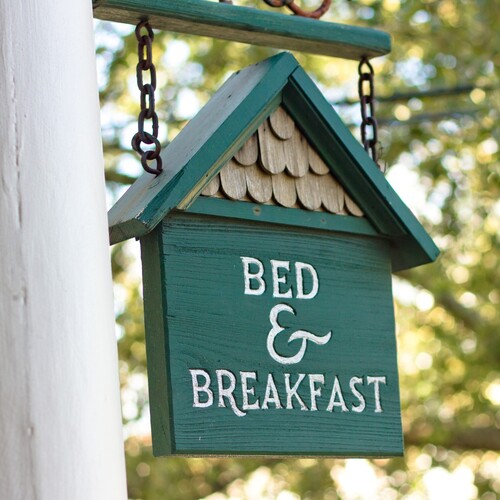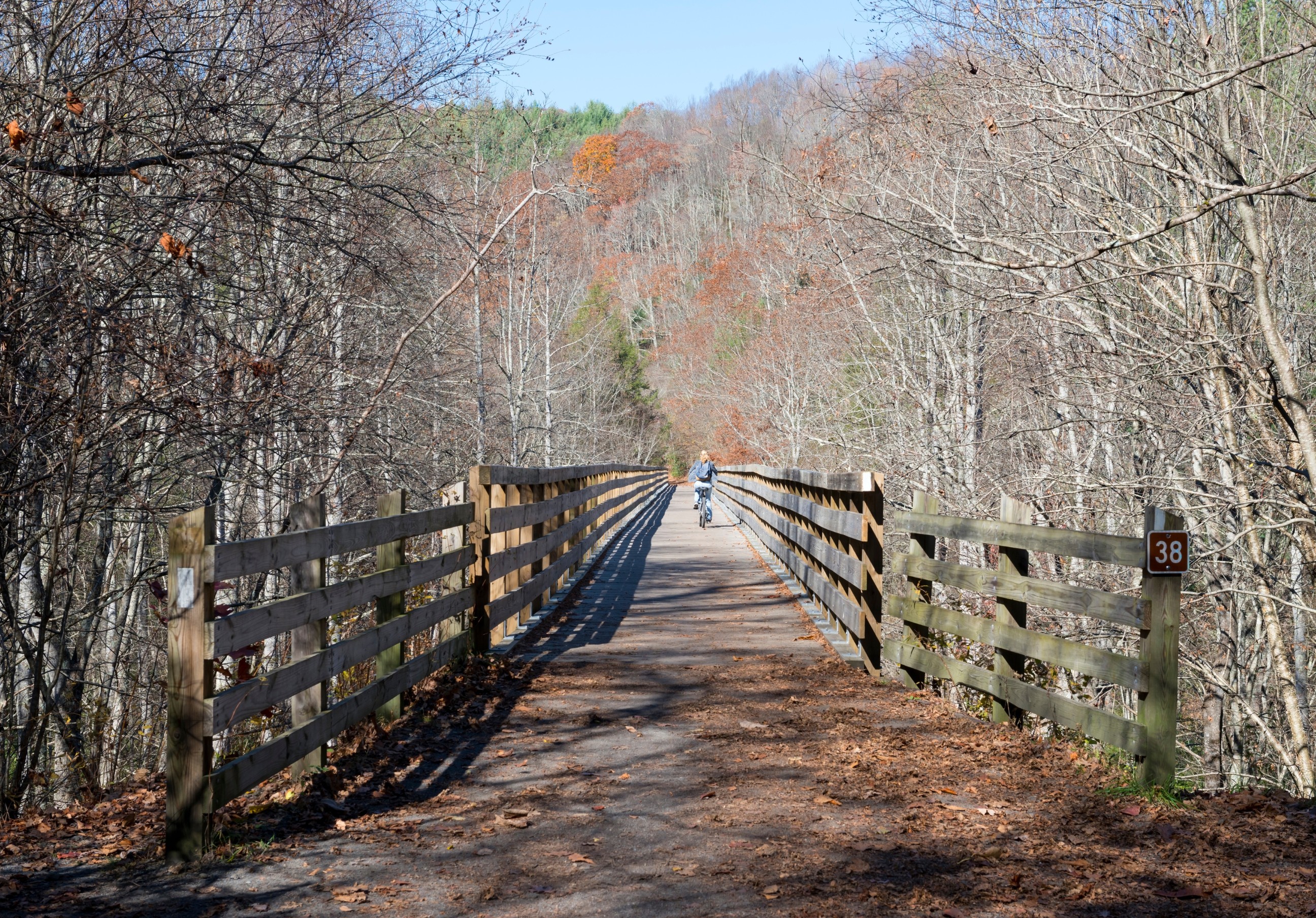

The economic benefits of the Saluda Grade Trail were evident while the trail was still in very early stages. In 2023, a major manufacturer of bike parts decided to locate its multimillion factory in Spartanburg County, citing the proximity of the Saluda Grade Trail as a key deciding factor. Meanwhile, along the Ecusta Trail—a new rail trail being built between Hendersonville and Brevard—popular new restaurants and breweries have sprung up along the route. Many downtown businesses in communities like Campobello, Landrum, Tryon, and Saluda have enthusiastically endorsed the Saluda Grade Trail because of the anticipated benefit for local economies.
These economic benefits mean good jobs for local residents. They mean growth for local businesses. They mean opportunities for young people who want to live where they grew up. And they mean more local tax revenue to invest in schools, parks, and other community needs.
Saluda Grade Trail Economic Impact Study
In 2024, researchers at Clemson University released a study of the economic impact of the proposed Saluda Grade Trail. They studied the impact of the trail in Spartanburg, Greenville, Polk, Henderson, and Buncombe Counties. Their findings show that the trail would be a gamechanger for local economies. The study showed that:
- During the construction phase, there would be a $43.5 million increase in goods and services annually.
- Compensation to workers related to trail construction would total $62-81 million.
- During the first twelve years (a two-year construction period plus the first 10 years of trail use), there would be local economic impact of $20 million annually.
That’s a $240 million benefit in the first twelve years alone and the trail will continue to benefit our communities far into the future.
You can see more findings from the economic impact study in this summary of the Saluda Grade Trail feasibility study.
Rail Trail Success Stories in the Southeast
Other rails trails in the Southeast are outstanding success stories, leading to economic development that supports independent business and revitalizes historic downtowns. At the same time, rail trails provide impetus to conserve scenic rural landscapes, which are a big part of the draw for trail visitors.
- The Virginia Creeper Trail attracts 112,000 out-of-town visitors every year and 54,000 of those visitors spend at least one night.
- The Prisma Health Swamp Rabbit Trail in Greenville County, SC, saw 530,000 visitors in 2014, of whom almost a quarter came from outside the Upstate Area.
- The Northern Outer Banks Trail has up to $149 million in annual economic impact and provides between 1,400-3,500 jobs.

Economic Benefits of Four NC Greenways
A 2018 study by NC State University evaluated four multi-use paths, or greenways, across the state—the Brevard Greenway, Little Sugar Creek Greenway, American Tobacco Trail, and Duck Trail. This study concluded that every $1 spent on trail construction generates $1.72 every year in local business revenue, sales tax revenue, and other benefits related to health and transportation.
This study found that a one-time investment of $26.7 million in the four greenways, had a combined impact of:
- $19.4 million annually in sales at businesses along the trails
- $684,000 annually in sales and local tax revenue generated by local businesses
- $25.7 million annually in savings due to more physical activity, less congestion and pollution, and fewer traffic injuries
- $48.7 million in estimated business revenue from greenway construction.
.jpg)